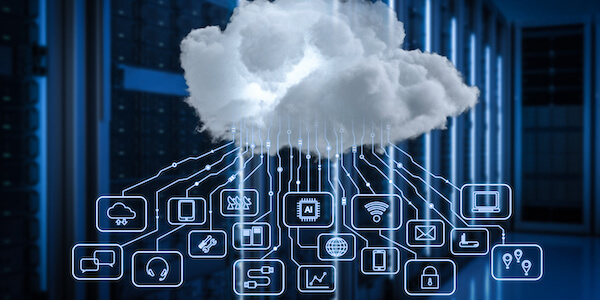Mainframe Modernization for 2026 and Beyond: Approaches, Strategies, and Success Stories
The average global enterprise wastes more than $370 million annually due to being unable to efficiently modernize outdated legacy systems. Mainframe modernization projects, meanwhile, delivered betwee...








.jpeg)


